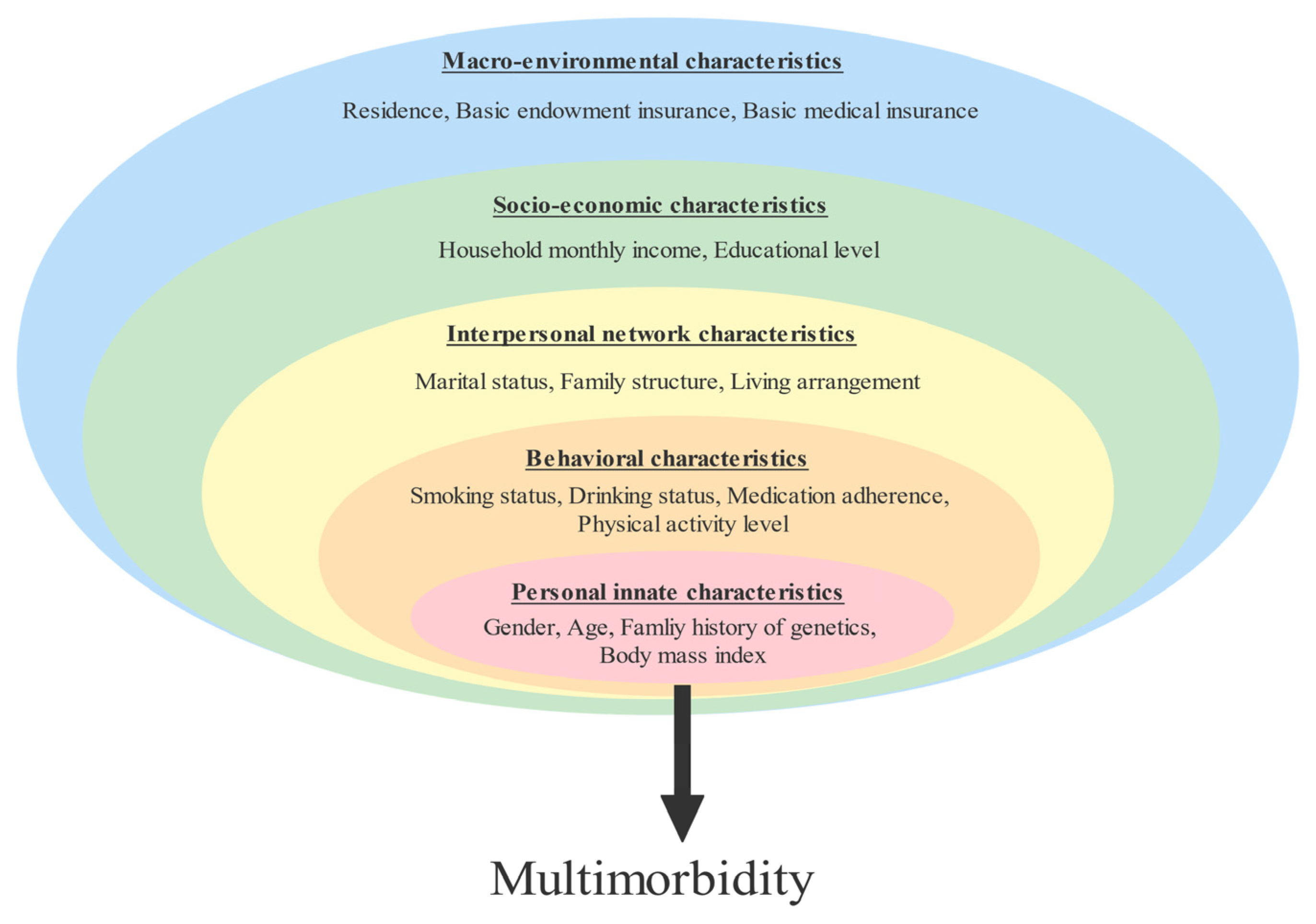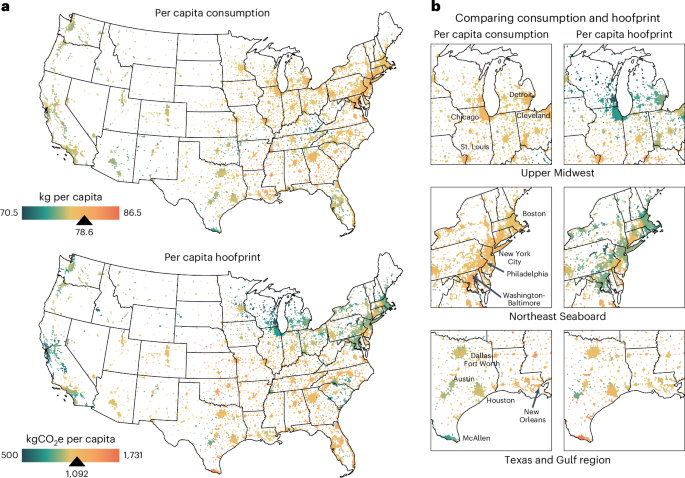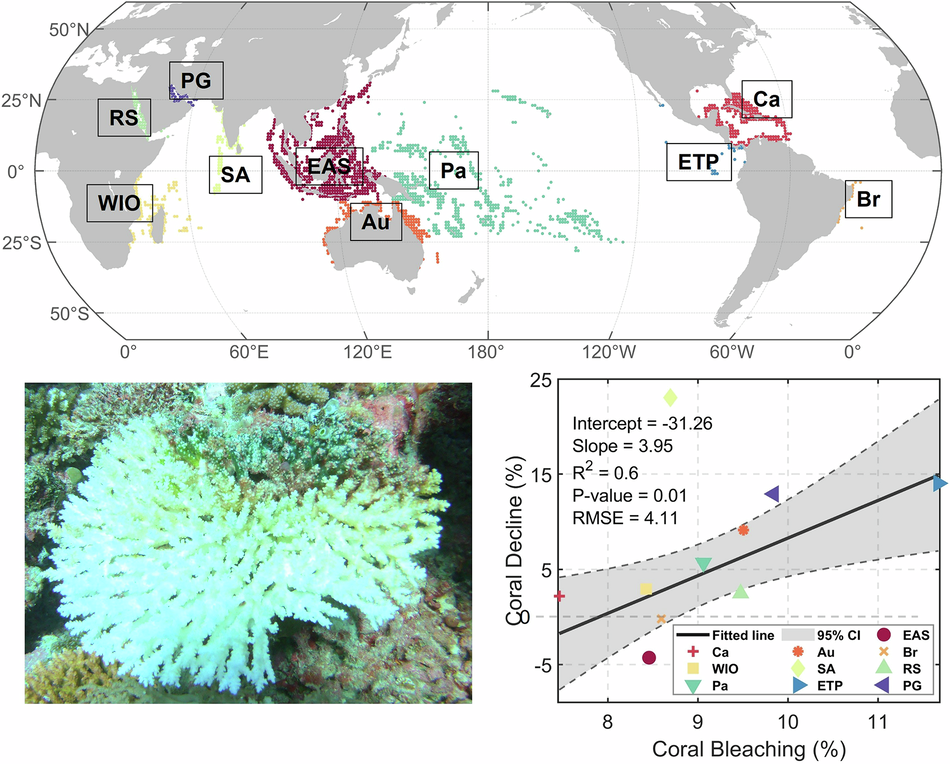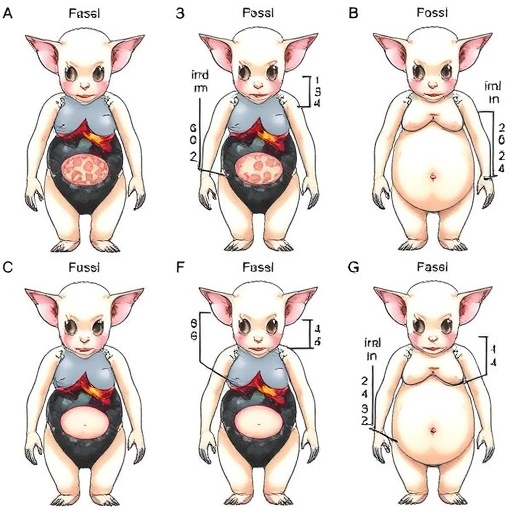Quantum computing paves the way for low-carbon building operations | Newswise – Newswise

Report on Quantum Computing-Based Building Energy Management for Sustainable Development
Introduction and Alignment with Sustainable Development Goals (SDGs)
A recent study published in Engineering introduces an adaptive quantum computing-based Model Predictive Control (MPC) strategy designed to significantly advance the decarbonization of building operations. This innovation directly addresses several United Nations Sustainable Development Goals (SDGs) by enhancing energy efficiency and integrating renewable energy systems in building infrastructure. The research, conducted by Akshay Ajagekar and Fengqi You at Cornell University, presents a viable pathway for transforming buildings from major energy consumers into key assets for sustainable urban development.
The study’s objectives are deeply rooted in the principles of the following SDGs:
- SDG 7 (Affordable and Clean Energy): By optimizing energy consumption and maximizing the use of on-site renewable energy generation, the strategy promotes access to clean and modern energy.
- SDG 9 (Industry, Innovation, and Infrastructure): The research represents a frontier innovation, applying quantum computing to develop resilient and sustainable infrastructure.
- SDG 11 (Sustainable Cities and Communities): The approach contributes to making cities and human settlements more inclusive, safe, resilient, and sustainable by reducing the environmental footprint of urban buildings.
- SDG 13 (Climate Action): A primary outcome is the substantial reduction of greenhouse gas emissions, representing urgent action to combat climate change.
Methodology: An Innovative Approach to Sustainable Infrastructure
The core of the proposed strategy is the integration of a Quantum Approximate Optimization Algorithm (QAOA) with MPC. This system is tailored for buildings equipped with battery energy storage and renewable energy sources, such as photovoltaic (PV) panels.
- Adaptive Learning Scheme: A learning-based parameter transfer scheme, utilizing Bayesian optimization and Gaussian processes, is employed to predict initial quantum circuit parameters. This enhances computational efficiency and allows the system to adapt to dynamic conditions.
- Optimization Problem Formulation: The MPC problem is formulated as a Quadratic Unconstrained Binary Optimization (QUBO) problem, making it solvable by quantum computing architectures.
- Control Objective: The system computes optimal controls to minimize a building’s net energy consumption while maintaining indoor comfort levels, thereby balancing sustainability with occupant well-being.
Key Findings and Contributions to SDG Targets
Computational experiments, based on data from two buildings at Cornell University, demonstrated the strategy’s effectiveness compared to deterministic MPC and quantum annealing.
Performance Metrics
- Contribution to SDG 7 & SDG 13: The quantum MPC strategy achieved a 6.8% improvement in energy efficiency over traditional deterministic MPC.
- Contribution to SDG 13: A significant annual reduction of 41.2% in carbon emissions was recorded, achieved through the effective management of battery storage and renewable energy.
- Contribution to SDG 11: The system demonstrated high adaptability, adjusting heating and cooling loads in response to ambient temperature fluctuations to maintain comfort while optimizing energy use, a key feature for resilient urban infrastructure.
Limitations and Future Directions for Advancing Sustainability
The study acknowledges certain limitations that also present opportunities for future research to further contribute to the SDGs.
Current Challenges
- The building energy model used was simplified; scaling the approach to more complex systems with a higher number of variables may challenge current quantum algorithm capabilities.
- While the learning-based approach implicitly handles uncertainties, the integration of formal uncertainty quantification methods could enhance system reliability and resilience, further supporting SDG 9 and SDG 11.
Future Research Pathways
- Enhancing Climate Action (SDG 13): Integrating real-time carbon intensity metrics into the control algorithm to optimize for the lowest possible emissions at any given time.
- Promoting Sustainable Cities (SDG 11): Validating the approach across a diverse portfolio of buildings and climates to ensure broad applicability and impact.
- Fostering Innovation (SDG 9): Extending the framework to more complex control scenarios (e.g., district-level energy management) and continuing to optimize the underlying quantum algorithms for improved performance and practicality.
Analysis of Sustainable Development Goals in the Article
1. Which SDGs are addressed or connected to the issues highlighted in the article?
-
SDG 7: Affordable and Clean Energy
- The article focuses on enhancing energy efficiency and managing renewable energy sources like photovoltaic (PV) panels in buildings, which are central themes of SDG 7. The goal is to make energy use more sustainable and clean.
-
SDG 9: Industry, Innovation and Infrastructure
- The research presents an innovative technological solution (quantum computing-based MPC) to upgrade building infrastructure. This aligns with SDG 9’s emphasis on fostering innovation and making infrastructure more sustainable and efficient.
-
SDG 11: Sustainable Cities and Communities
- Buildings are fundamental components of cities. By reducing their energy consumption and carbon emissions, the study contributes to making urban environments more sustainable and reducing their overall environmental impact, which is a key aspect of SDG 11.
-
SDG 13: Climate Action
- A primary outcome of the research is the “decarbonization in buildings” and a significant reduction in carbon emissions. This directly addresses the urgent need for climate action by mitigating greenhouse gas emissions, a core objective of SDG 13.
2. What specific targets under those SDGs can be identified based on the article’s content?
-
Target 7.2: By 2030, increase substantially the share of renewable energy in the global energy mix.
- The article mentions that the strategy is designed for buildings with “renewable energy generation systems, such as photovoltaic (PV) panels” and that it effectively manages these sources.
-
Target 7.3: By 2030, double the global rate of improvement in energy efficiency.
- The study’s main goal is to “enhance energy efficiency,” and it quantifies its success by reporting a “6.8% improvement in energy efficiency compared to deterministic MPC.”
-
Target 9.4: By 2030, upgrade infrastructure and retrofit industries to make them sustainable, with increased resource-use efficiency and greater adoption of clean and environmentally sound technologies and processes.
- The research is a direct example of this target, as it applies an innovative and clean technology (quantum computing) to upgrade the energy management systems of buildings (infrastructure) to improve efficiency.
-
Target 11.6: By 2030, reduce the adverse per capita environmental impact of cities, including by paying special attention to air quality and municipal and other waste management.
- The reported “annual reduction of 41.2% in carbon emissions” from buildings directly contributes to reducing the adverse environmental impact of the built environment, which is a major part of cities.
-
Target 13.2: Integrate climate change measures into national policies, strategies and planning.
- The developed “adaptive quantum approximate optimization-based MPC strategy” is a technological measure and strategy that can be integrated into building management plans to combat climate change through decarbonization.
3. Are there any indicators mentioned or implied in the article that can be used to measure progress towards the identified targets?
-
Improvement in energy efficiency (%):
- The article explicitly states that the quantum MPC strategy achieved a “6.8% improvement in energy efficiency.” This is a direct indicator for measuring progress towards Target 7.3.
-
Reduction in carbon emissions (%):
- The study found a “significant annual reduction of 41.2% in carbon emissions.” This metric serves as a powerful indicator for Targets 11.6 and 13.2, measuring the reduction of environmental impact and the effectiveness of climate action measures.
-
Management of renewable energy sources:
- The article implies an indicator by stating the system “effectively managing battery energy storage and renewable generation sources.” This points to the operational effectiveness of integrating renewables, relevant to Target 7.2.
-
Adoption of innovative and clean technology:
- The development and application of the “adaptive quantum computing-based model predictive control” system is itself an indicator of progress towards Target 9.4, showing the adoption of advanced, clean technologies in infrastructure.
4. Summary of SDGs, Targets, and Indicators
| SDGs | Targets | Indicators |
|---|---|---|
| SDG 7: Affordable and Clean Energy | 7.2: Increase the share of renewable energy. 7.3: Double the rate of improvement in energy efficiency. |
Effective management of renewable energy generation systems (PV panels). 6.8% improvement in energy efficiency. |
| SDG 9: Industry, Innovation and Infrastructure | 9.4: Upgrade infrastructure and adopt clean technologies. | Application of an adaptive quantum computing-based MPC strategy in buildings. |
| SDG 11: Sustainable Cities and Communities | 11.6: Reduce the adverse environmental impact of cities. | Annual reduction of 41.2% in carbon emissions from buildings. |
| SDG 13: Climate Action | 13.2: Integrate climate change measures into strategies and planning. | Implementation of a control strategy for decarbonization of building operations. Annual reduction of 41.2% in carbon emissions. |
Source: newswise.com

What is Your Reaction?
 Like
0
Like
0
 Dislike
0
Dislike
0
 Love
0
Love
0
 Funny
0
Funny
0
 Angry
0
Angry
0
 Sad
0
Sad
0
 Wow
0
Wow
0
















































































